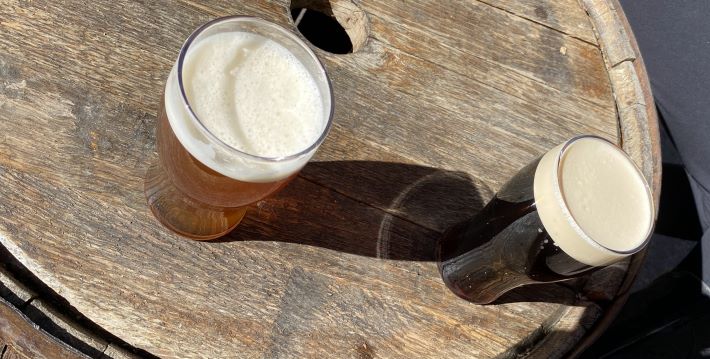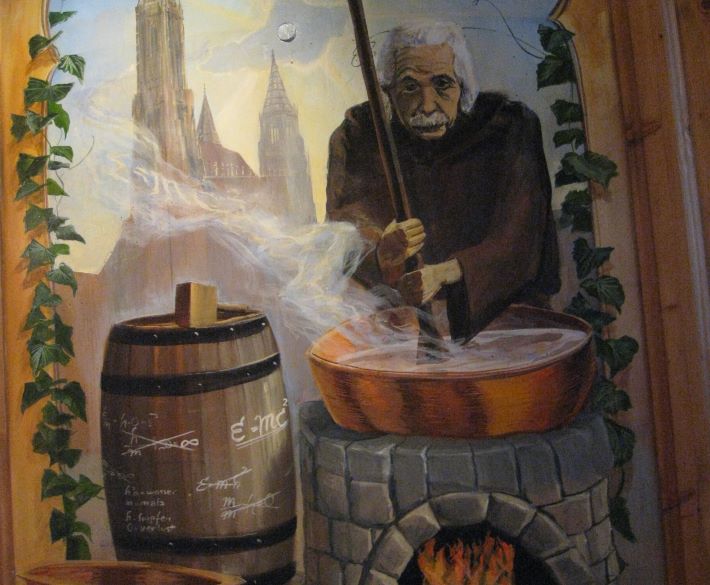
The subject line on an email from Sierra Nevada Brewing about the newest edition to its hazy IPA series reads, “Say high to our new Dank IPA.” Not “hello,” not “hi.”
And the headline atop the message within reads, “Stop & smell the hops. Wait, is that . . .”
Here is the entire message, with a couple more winks and nods, “For the latest Limited Edition in our Hazy IPA Series, we rolled up a mix of sticky, floral, and tropical hops into a Dank Little Thing. Amarillo, Chinook, and CTZ varieties help pack that resinous flavor, while botanical terpenes spark an aroma that fills a room. Stash it while you can because Dank Little Thing is only here through February 2024.”
Oh, those terpenes. Consider what Kate Bernot wrote about Seventh Son Pineapple Express in Craft Beer and Brewing. “Once you get a whiff of this beer, you understand why the brewery has to say explicitly that it contains no THC. This pineapple sour is brewed with cannabis terpenes that are, yes, pungent, but they’re also thoughtfully integrated with the fruit and acidity. There’s a pineapple-core earthiness that passes the baton directly to the minty terpenes before the two elements dance back and forth across the tongue. I’ve never tasted a beer like it.”
Humulus lupulus (hops) and cannabis are part of the larger Cannabaceae family. Many of the same botanical terpenes are found in both, as well as many others plants (for instance, basil and lavender, a few of many profiled in “Brewing Local”). That’s a topic for another Wednesday.
Right now, consider the name Sierra Nevada chose for this release. Not everybody agrees that “dank” is a proper hop aroma descriptor. But who doesn’t understand what it implies?
Dank has been part of the hop sensory lexicon at Yakima Chief Hops for years, explained YCH sensory and brewing research manager Tessa Schilaty.
“We define it as smelling like cannabis, which is on the ASBC lexicon under herbaceous. We wanted to avoid having the word cannabis appear on our product descriptions, as we do a lot of work internationally with countries where cannabis is both frowned upon and very illegal,” she wrote in an email.
“People use the word dank to describe a variety of aromas, but most of them appear elsewhere on our ballot, for example musty (which we have under earthy) or onion/garlic (which is its own category). It therefor made sense for us to use the word dank to define something which was not elsewhere represented on our ballot, and which is one of the common uses of the term by brewers.”
In contrast, there is the American Society of Brewing Chemistry list of terms to describe the aroma of hops. Included are 107 words. As Schilaty points out, cannabis is filed under herbaceous. Dank is not to be found.
That did not limit the team at Sierra Nevada in charge of new beer names.



